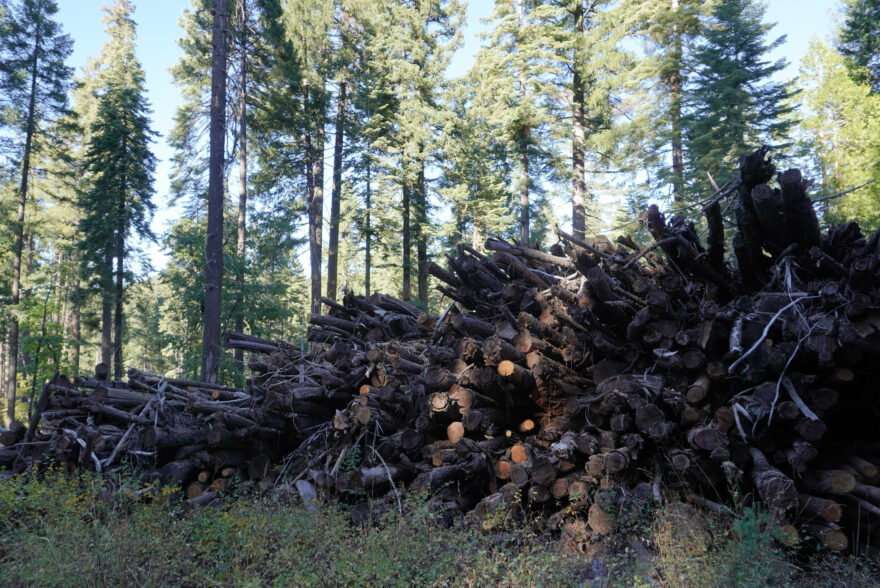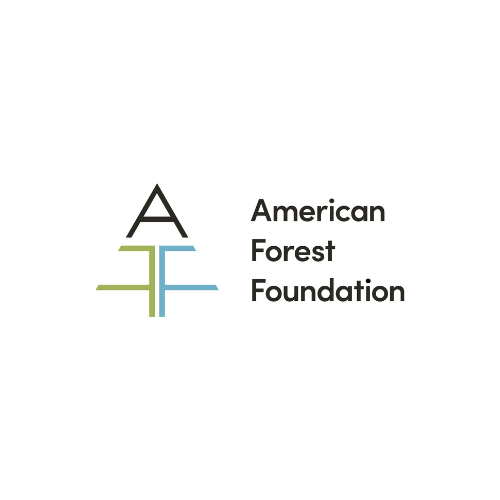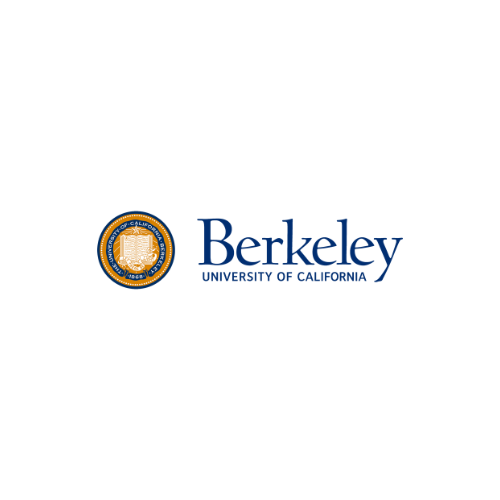Carbon finance for forest resilience in California


Restoring a resilient forest structure in California’s American River watershed in the Sierra Nevada mountains can generate up to $6,100 per acre in carbon revenue from increased forest carbon and market-ready biomass utilization pathways, potentially fully funding forest management.
Employing a dynamic performance benchmark (DPB) framework, this study models the impacts of restoring resilience to high-risk forests via forest thinning followed by prescribed fire. These practices show an initial carbon cost, but ultimately reduce carbon emissions from wildfire and increase carbon storage compared to a no-treatment counterfactual scenario by 35 tCO2e per acre on average, with market-ready biomass utilization pathways adding another 6–23 tCO2e average benefit per acre. Treatments enhance carbon stability by shifting carbon storage from dense, overcrowded small trees to more dispersed, fire-resilient large trees and reduces fire severity (flame length) by 78% five years post-treatment. Compared to pretreatment levels, treatment decreases the number of trees on the landscape by 74% while increasing carbon storage by 6% at the end of the 25-year simulation. To reduce investor risk into nature-based solutions focused on increasing carbon stability in fire-adapted forests and generate carbon revenue from fuel treatments, accurate predictive tools are needed. To maximize certainty of carbon benefits, landscape level treatments, DPBs, and ex-post carbon crediting will be critical. This study shows that carbon revenue from traditional markets or novel carbon contribution programs can help close the funding gap for forest restoration in California while underscoring the need for innovative conservation finance mechanisms to support ecosystem resilience and climate mitigation goals.
Funding Sources
- National Forest Foundation
- USFS Southwest Pacific Research Station Agreement #21-JV-11272131-043 Expanding Forest Management and Promoting Ecosystem Services through access to Environmental Markets: Modeling Carbon Markets
Publication: Frontiers in Forests and Global Change
Authors: Micah Elias, Ethan Yackulic, Katharyn Duffy, Phil Saksa, Daniel L. Sanchez, Nicholas Pevzner, Spencer Plumb, Jillian Dyszynski, Carina Bracer





